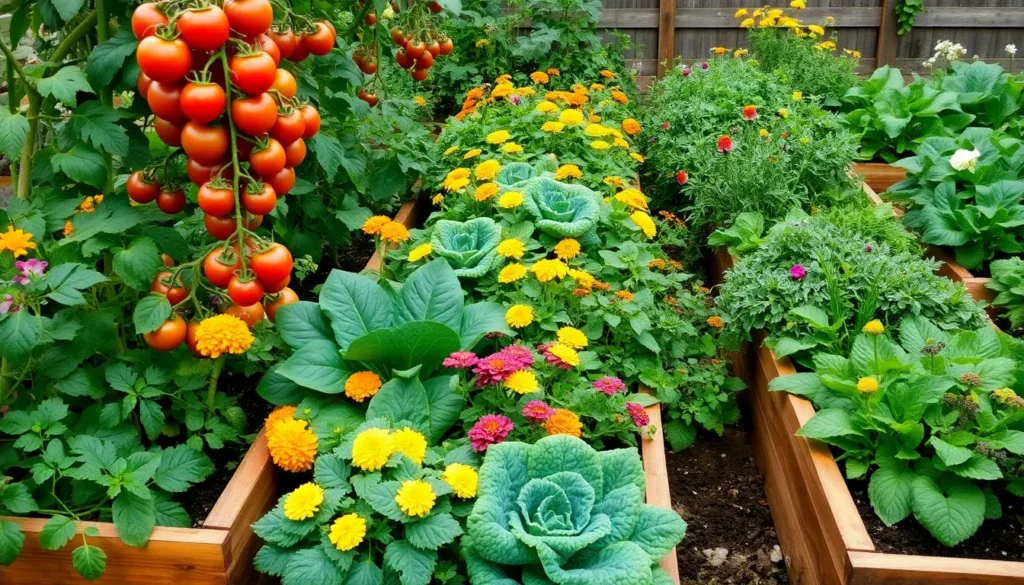There’s nothing quite like the joy of stepping into your backyard and harvesting a bounty of fresh vegetables, knowing that you nurtured them from seed to supper. Whether you’re a beginner taking your first steps into the gardening world or a seasoned green thumb looking to expand your horticultural horizons, “Best Vegetables to Grow in Your Backyard Garden” is your trusty companion on this rewarding journey.
This carefully curated list is designed to guide you toward the most successful gardening experiences, tailored to suit every skill level and garden size. With our expert tips and insights, you’ll enjoy not only the satisfaction of growing your own food but also the delightful flavors and nutritional benefits of homegrown produce.
As you dive into this guide, you’ll discover that gardening is not just about what you grow but how it enriches your life. Armed with practical advice and a sprinkle of enthusiasm, you’ll feel confident and excited to cultivate a garden that’s both productive and fulfilling.
Lettuce (Butterhead Varieties)
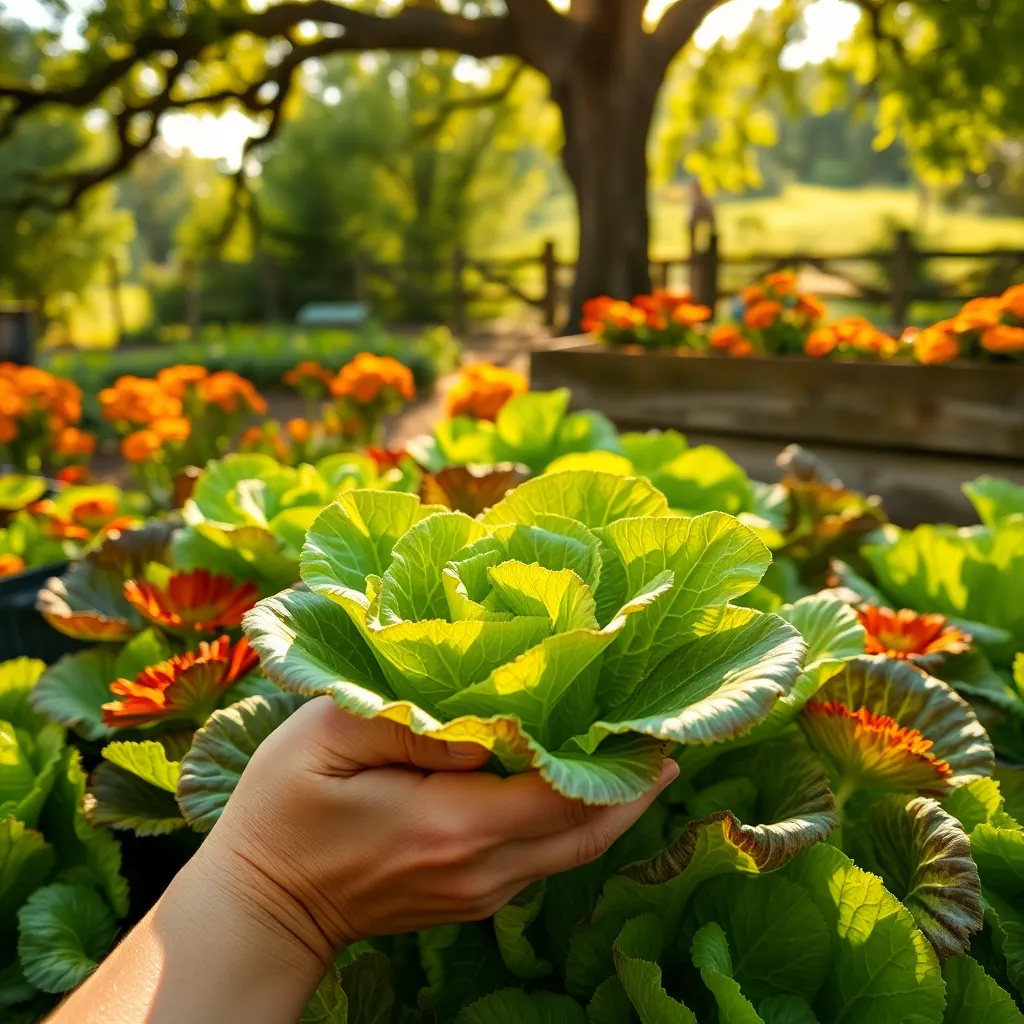
Butterhead lettuce is a delightful choice for backyard gardens due to its tender leaves and mild flavor. This variety thrives best in cooler temperatures, making it perfect for spring and fall planting in most regions.
Starting with well-drained, nutrient-rich soil is essential for healthy butterhead growth. Incorporate organic matter like compost or well-rotted manure to enhance soil fertility and structure.
For consistent growth, maintain a regular watering schedule, ensuring the soil remains moist but not waterlogged. Consider using a soaker hose or drip irrigation to provide even moisture and reduce the risk of fungal diseases.
Advanced gardeners might opt to use row covers to extend the growing season by protecting the plants from unexpected frost. Additionally, applying a balanced, slow-release fertilizer every few weeks can promote lush and continuous leaf production.
Snap Peas (Sugar Ann)
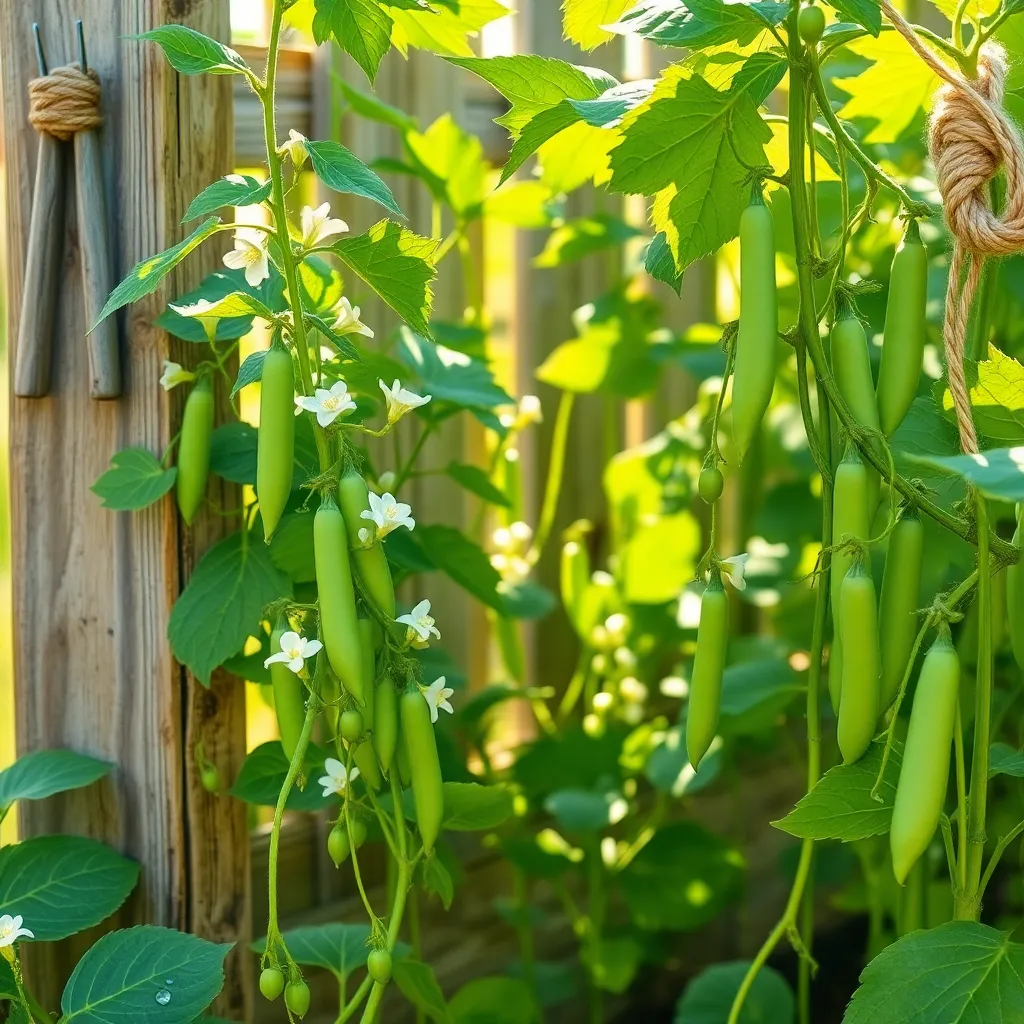
Snap Peas, specifically the ‘Sugar Ann’ variety, are a delightful addition to any backyard garden. These sweet, crunchy peas thrive in cool weather and are perfect for spring or fall planting.
To successfully grow ‘Sugar Ann’ Snap Peas, choose a site with well-draining soil enriched with compost. Ensure they receive full sun for at least six hours a day to promote vigorous growth and pod production.
Begin planting seeds directly in the garden as soon as the soil can be worked, spacing them about 1 inch apart. Water consistently, keeping the soil evenly moist but not waterlogged, to encourage healthy root development.
Support your peas with a trellis or netting, as ‘Sugar Ann’ vines can reach up to two feet tall. For an advanced tip, mulch around the plants to retain moisture and suppress weeds, enhancing the overall growth quality of your pea plants.
Carrots (Nantes)
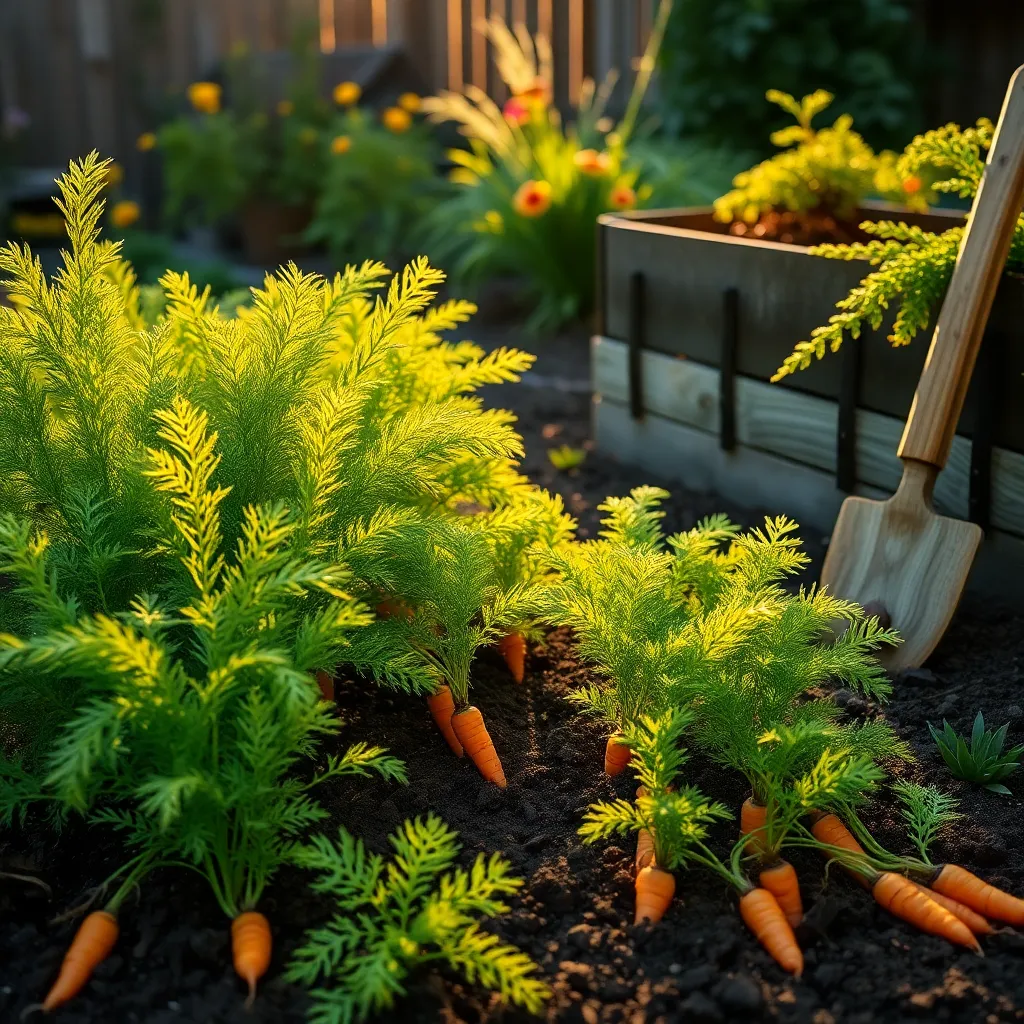
Carrots of the Nantes variety are a fantastic choice for backyard gardens due to their sweet flavor and crisp texture. These carrots thrive best in loose, sandy soil, which allows their roots to develop straight and smooth.
When preparing your garden bed, ensure the soil is free from rocks and debris that could hinder root growth. Incorporating well-rotted compost into the soil will not only improve its structure but also provide essential nutrients for healthy carrots.
For optimal growth, sow Nantes carrot seeds directly into the garden as soon as the soil can be worked in spring. Plant the seeds about 1/4 inch deep and space them 2 inches apart to give each carrot ample room to develop.
Water your carrots consistently, aiming for about 1 inch of water per week, to keep the soil evenly moist but not waterlogged. As the carrots grow, thinning them to 3-4 inches apart will reduce competition and result in more robust roots.
Zucchini (Black Beauty)

Black Beauty zucchini is a favored choice for backyard gardeners due to its prolific nature and versatility in the kitchen. To get started, plant seeds directly into the garden after the last frost, ensuring that the soil temperature is at least 70°F.
These vigorous plants thrive in full sun and require a minimum of six hours of sunlight daily. Ensure your soil is rich in organic matter by mixing in compost before planting, as zucchini benefits greatly from nutrient-rich conditions.
Watering is crucial for healthy growth, so aim to keep the soil consistently moist but not waterlogged. A layer of mulch can help retain moisture while also keeping weeds at bay, making your gardening efforts more efficient.
For those looking to maximize their harvest, consider employing the technique of succession planting. By sowing seeds every two weeks, you can enjoy a continuous supply of zucchini throughout the growing season.
Thyme (English)
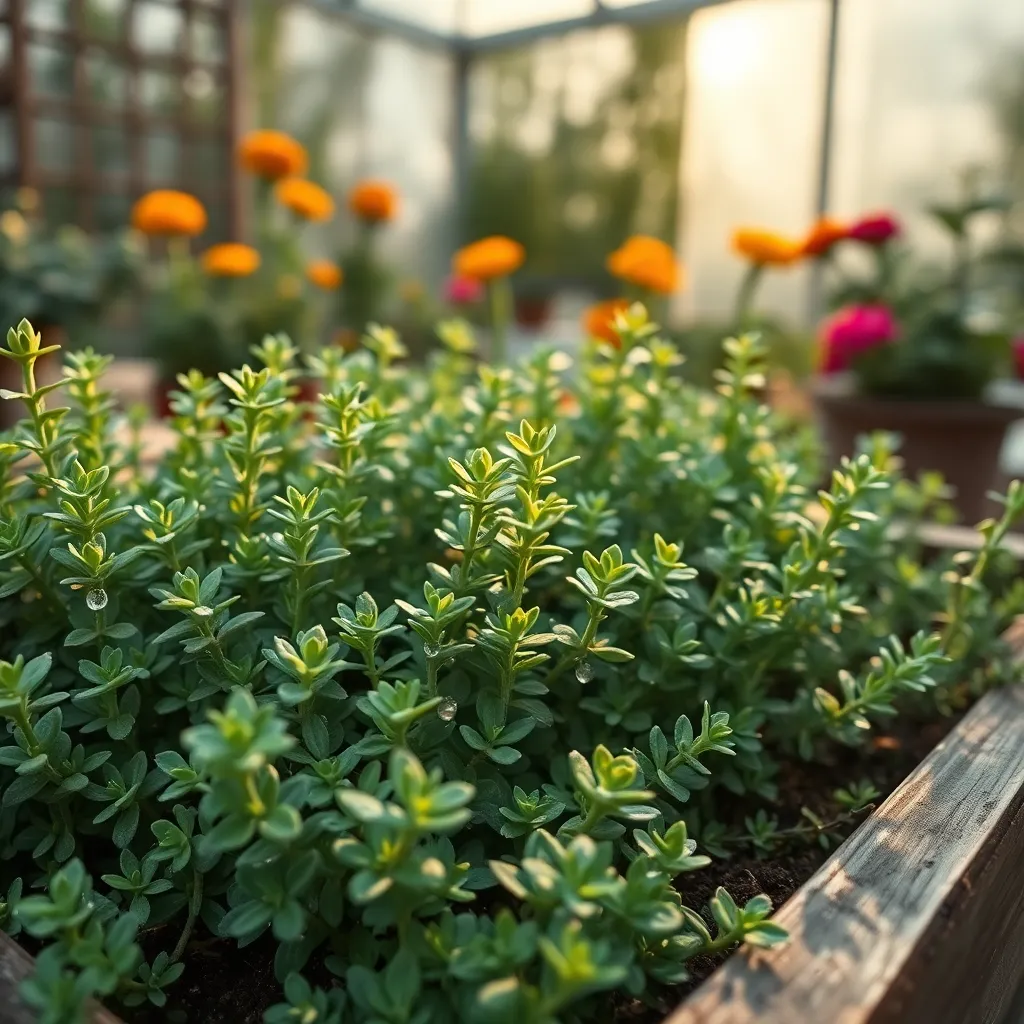
English thyme is a versatile herb that can thrive in most backyard gardens. It is not only a culinary delight but also a low-maintenance plant, making it perfect for beginners and experienced gardeners alike.
To successfully grow English thyme, choose a spot in your garden that receives full sun. Thyme prefers well-drained soil, so consider adding sand or gravel to your soil mix if it tends to retain moisture.
Watering thyme requires a light touch; overwatering can lead to root rot. Allow the soil to dry out completely between waterings, especially during cooler months when the plant’s growth slows down.
If you’re looking to enhance the flavor of your thyme, consider planting it near other herbs like rosemary or sage. The proximity can intensify the flavor of your thyme, making it even more fragrant and flavorful in your dishes.
Conclusion: Growing Success with These Plants
As we wrap up our exploration of the best vegetables to grow in your backyard garden, let’s recap the five key relationship concepts that emerged. First, the importance of nurturing your garden mirrors the nurturing needed in relationships. Second, just as different vegetables require unique conditions, every relationship needs personalized care and attention. Third, patience is essential—both gardens and relationships thrive over time with consistent effort. Fourth, diversity in your garden, like in your relationships, can bring richness and resilience. Finally, the act of tending to your garden can be a shared activity that strengthens bonds.
To take immediate action, choose one vegetable from the list and plan a planting day with your partner, family, or friends. This shared experience can be a fruitful step towards deeper connections.
I invite you to bookmark this article now, ensuring you have a handy guide for nurturing both your garden and your relationships. As you sow the seeds of care and attention, know that the harvest will be bountiful, leading to flourishing relationships that stand the test of time. Your journey towards relationship success starts today—let’s grow together!

